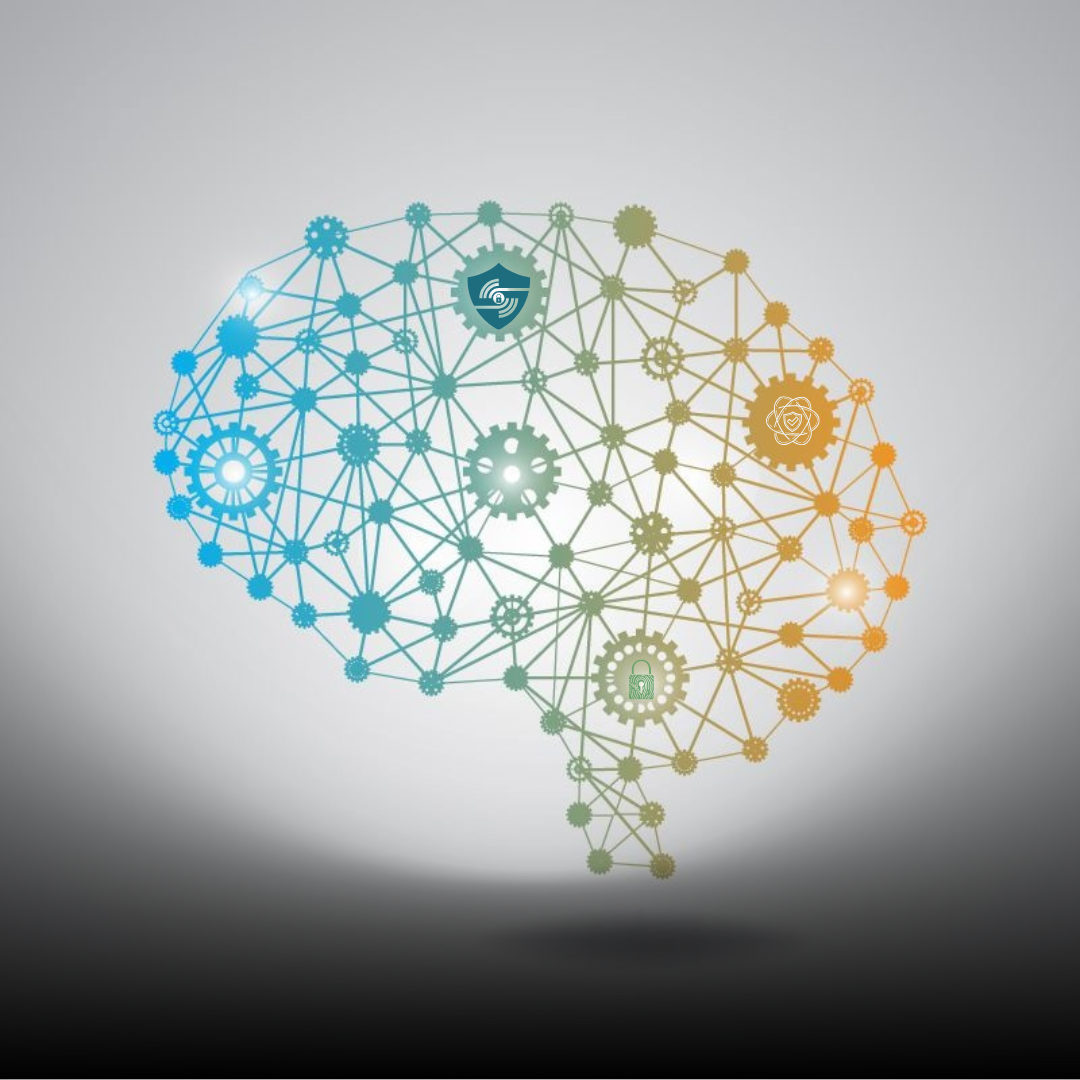Resilient Knowledge: Strengthening Risk and Knowledge Management in the Digital Enterprise
16 October 2025

In the modern digital enterprise, knowledge and risk are two sides of the same coin. Every operational failure, security incident, or service disruption reveals not just a technical gap, but a knowledge gap. Organisations that connect these two capabilities gain something priceless: resilience.
Many organisations still treat risk management and knowledge management as separate disciplines — one focused on compliance, the other on documentation. In practice, both exist to achieve the same goal: informed, confident decision-making. When these disciplines are fragmented, the result is predictable: repeated incidents, siloed insights, and institutional amnesia. Risks are logged but not learned from; lessons are written but not reused. As enterprise IT ecosystems become more distributed and fast-changing, the ability to capture, share, and act on knowledge becomes a defining factor of operational success.
The challenge lies not just in collecting information, but in embedding a culture where knowledge and risk are viewed as shared responsibilities, part of the organisation’s living operating model rather than static repositories.
KA2 Approach
KA2 approaches risk and knowledge management as twin enablers of operational excellence. Our philosophy is simple: knowledge reduces risk, and managed risk drives better knowledge.
Through our experience with large-scale, global organisations, we have seen that success depends on three critical design principles:
- Integration, not isolation. Knowledge and risk frameworks should be embedded within ITSM processes — incident, change, and problem management — not managed as parallel streams.
- Accessibility over accumulation. A central knowledge base must be easy to search, update, and consume, ensuring insights are actionable at the point of need.
- Culture before tooling. Tools can enable sharing, but only a culture of collaboration sustains it. Leadership must model transparency and continuous learning.
KA2 can support your organisation to re-design risk and knowledge management frameworks to be truly integrated. This includes automating risk capture during major incidents, linking lessons learned directly to knowledge articles, and embedding proactive risk reviews into service governance forums.
Outcomes
Operational risks are identified and mitigated earlier. The volume of recurring incidents decreases as lessons are systematically applied. Teams gain faster access to contextual knowledge, improving decision quality and confidence.
Beyond the metrics, a stronger culture of learning and ownership emerges, one where risk is not just managed, but understood, and knowledge is not just captured, but applied.
Looking Ahead
AI and machine learning will amplify this connection between knowledge and risk. Intelligent systems will detect emerging risk patterns from service data, automatically generating insights and recommending mitigations. Knowledge bases will evolve into adaptive learning systems, continuously updated from real-time operational behaviour. For organisations on the ITSM maturity journey, this evolution represents the next frontier of resilience, where knowledge does not just record what happened, but predicts what might.
Conclusion
Resilience is built not by avoiding risk, but by learning faster than the world changes.
Explore your ITSM maturity journey with KA2.
Schedule a short, no-obligation session with our consultants to discuss your operating model, governance, or AI-readiness priorities.